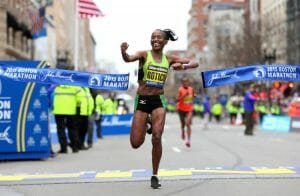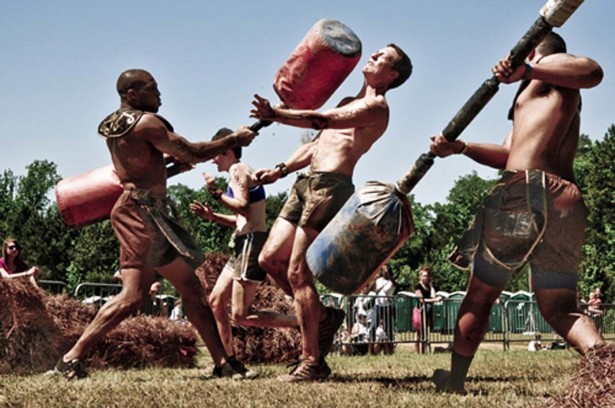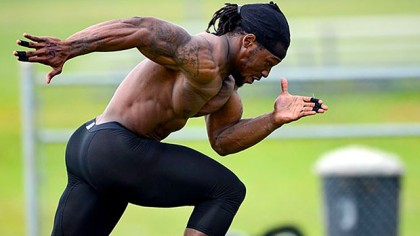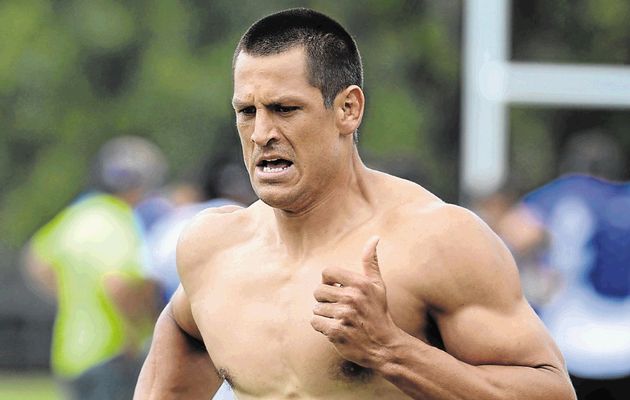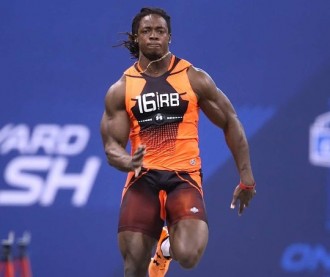Running a 5k is something that is within reach for just about everyone. The 5k distance is 3.1 miles, and it can take anywhere from 15 minutes for an elite runner to 90 minutes for a walker.
Many people simply set their goal at finishing a 5k, which is an impressive feat in and of itself. However, others want to push the pace and set their best 5k time. If you want to learn how to run your fastest 5k, use these tips and get ready for a 5k PR at peak performance.
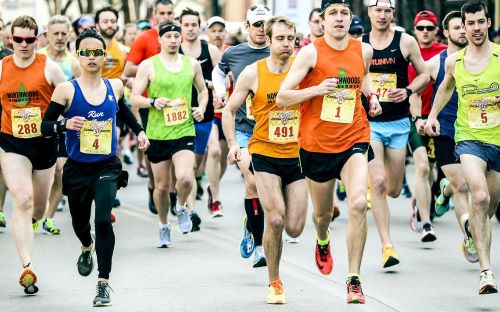
Related: Plantar Fasciitis: Treatment and Prevention Guide
Training For Your Fastest 5k
Wherever you are in your running journey, 5k training comes down to two key elements: Time on your feet and speedwork. In order to become a faster runner, you need to run more. That means that beginning runners should be running three to four times each week at an easy pace for at least a few miles. This will train your body to physically cover the distance of a 5k, which is 3.1 miles in total.
Incorporate Speedwork Into Your Training
Of course, completing a 5k and setting a new PR are two very different things. If you want to improve your time, then you will have to do more than just log easy miles. You will also have to incorporate speedwork. Just like the name suggests, speedwork is any running workout that involves a pace that is faster than your normal, everyday easy runs. There are several great speedwork workouts that can prepare you as you learn how to run your fastest 5k.
If you are new to the world of speedwork, a good place to start is with fartleks. Fartlek is Swedish for speed play, and it is a very unstructured, casual way to pick up the pace in your training. You can incorporate fartleks into an easy run by running faster to get to the next tree, trash can or crosswalk on your route. Then, slow it back down before repeating these faster sessions.

A more structured workout can include periods of speed followed by periods of recovery. For example, you could try running 400 meters, or roughly 1/4 mile, at a very fast pace. Then, slow it back down to a light jog or even a walk while you allow your heart rate to slow down. Repeat the 400 meters of fast running and recovery. Complete this cycle 4 or 5 times to start, and then increase your repetitions as you progress in your training.
While speedwork can and does boost your running pace, too much can lead to injury. Therefore, it is always best to ensure that speedwork is just a portion of your training. Many runners find that speedwork just once a week is sufficient. If you are a more experienced runner and you are not struggling with any injuries, then two of your weekly runs could be dedicated to speedwork without an issue.
Related: Fartlek Training for Better Speed and Endurance
Train in Race Conditions
Keep in mind that there are several places where you can train for your upcoming 5k. In most cases, the right choice is to train in the same conditions as your race. If you are going to be running a flat 5k in direct sunlight, for example, practice in similar conditions. If you are planning to compete in a very hilly 5k, make sure that your typical training routes include plenty of hills. For speedwork, many runners find it easiest to run on a track or even a treadmill. Both options can allow you to run without distractions and focus on speed, not traffic or obstacles in the path.
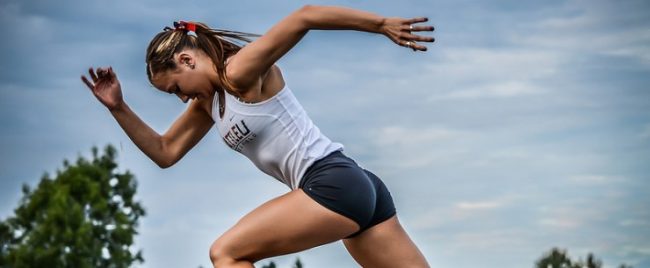
Don’t Forget About Strength Training
Finally, don’t discount the value of strength training. Although you can certainly run a 5k and even set a personal record without strength training, it can add a lot to your performance. A stronger core and stronger arms can propel you forward, and stronger legs will allow you to kick it in the last few seconds of the race or get you over any hills on the course. If possible, aim for 30 minutes of strength training twice each week. That can include lifting weights, but it can also mean bodyweight exercises at home like push-ups and squats.

The Right Diet For Your Fastest 5k
As you prepare to run a 5k at your best possible time, you will want to pay attention to your diet in the months, weeks and even days leading up to your race. To start, a lot of runners will do better if they are lighter. There is no magic number to strive for because every person is unique. However, it is true that many runners have a desired “racing weight” where they feel lean and competitive.
Related: 13 Endurance Training Tips to Increase Stamina
Choose the Right Foods
If you are interested in dropping a few pounds before your race, then all that training will certainly help. However, changing up your diet may also be a good idea. Whether you are vegan, low-carb or anything in between, you can start by getting rid of the so-called junk foods that are not adding anything to your nutritional profile each day. This might include sugary sodas, fast food, cookies or candy.
Next, you might want to focus on consuming foods that will aid your physical recovery. The faster you can recover from a tough workout, the easier it will be to see progress. Some of the best foods for recovery include anti-inflammatory foods like salmon, eggs, nuts and green vegetables. Although some runners can perform well on a low-carbohydrate diet, adding in unprocessed or whole-grain carbohydrates can help you push the pace in your workouts. If your goal is to lose weight, however, minimizing carbohydrate portions can be helpful.
Eat Post Workout
One thing runners should aim to do is eat immediately after their workouts, especially those workouts that include strength training or speedwork. A smart rule of thumb is to consume at least 25 grams of protein after your workout. This could mean a quick protein shake, a few scrambled eggs with toast or a salad topped with chicken. The key is to ingest protein within an hour of completing your workout.
Limit Fiber Before Race Day
A few days before their 5k, some runners opt to limit their intake of fiber. This can ensure that there are no digestive issues on race day. At the same time, it may be helpful to increase your consumption of carbohydrates in the days prior to the race. Keep in mind, however, that there is usually no need to eat more than usual. Instead, just increase your ratio of carbohydrates and stick to plain, filling foods that can give you the right energy for your 5k race.

What To Do On Race Day
Once all your training is behind you, it’s time for race day! This is what all your training has been focused on, and it is easy to get stressed out about the race. However, try to think of the 5k as a celebration. You have put in the hard work, and the race is all about celebrating that effort one final time.
Getting enough sleep is important, but that can be hard to do, especially since so many 5k races are held early in the morning. Keep in mind that the night before your race might not be the most restful, so aim to get plenty of sleep over the nights prior. This ensures that you are not in a sleep debt on the day of the 5k race.
On race day, most runners find that they want to eat a small meal or snack about two hours before the race begins. Typical foods might include a bowl of oatmeal with peanut butter, half a bagel or a banana. Eating two hours before the race gives your body plenty of time to digest the food and have energy for the race. Similarly, you may wish to start sipping liquid in the hours before the race. Don’t, however, chug water right before the race, because it can cause unpleasant sloshing once you start running.
You might be tempted to pick out your race-day attire right before the 5k, but that is a mistake. Set out your entire outfit the night before, including shoes, a hat or your running watch. Make sure everything you choose has been worn and tested before. Race day is not the time to try out a new pair of shoes!
Depending on the size of the race, you might have a large crowd of runners to get through. Before the race begins, seed yourself appropriately. This means that you should try to get to a spot where the faster runners are ahead of you and the slower runners are behind you. Sometimes, races will have corrals or signs that give you an idea of where you stand. Starting from the right placement can make a big difference in your final time.
Every runner has their own race strategy, but many PRs are set when runners start out at a sustainable pace and then get faster closer to the end. Otherwise, you might slow down or even need to stop and walk, which can impact your final time.
Last, but certainly not least: Enjoy the race! Imagine yourself crossing the finish line, and be proud of your accomplishments. If you are able to get your best 5k time, congratulations! If not, it simply means that you can get back to training and work hard to see the results you want in the next race.
Wrap Up
So there you have it! Follow these tips and you’ll be on your way to running your fastest 5k. at your goal race pace. Remember, practice makes perfect so keep at it and before you know it, that finish line will be in sight. How was your experience following these tips? Are there any other techniques you found helpful when trying to run faster? Share them with us in the comments below.

Ryan is a former college wrestler and lifelong fitness fanatic. He has run half marathons, done mud runs, placed in body transformation contests, coached wrestling, and now coaches girls’ soccer. Not to mention he has also tried literally hundreds of supplements over the years and has a vast and thorough supplement knowledge. He has written for Muscle & Strength, Testosterone Junkie, The Sport Review and other publications. He is also the editor-in-chief of this website and has over 25 years of experience in the fitness industry. Feel free to connect with him on his LinkedIn page below.



